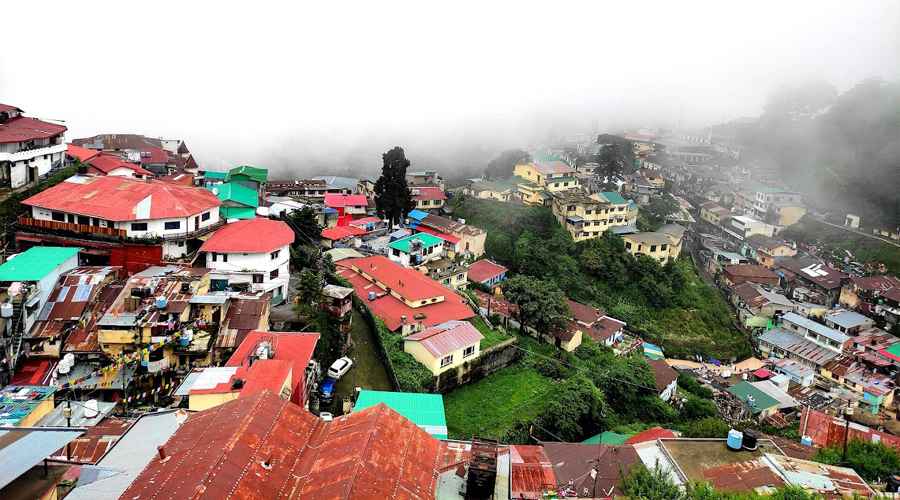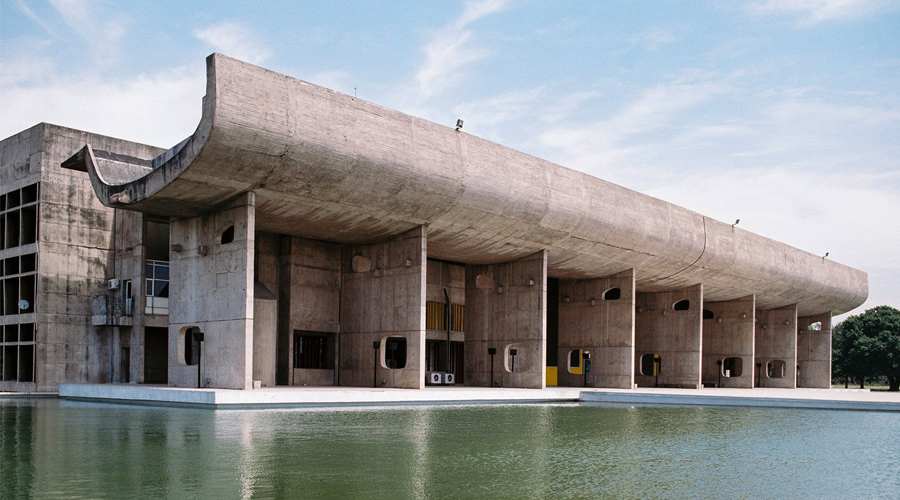India is a land of remarkable monuments, each speaking volumes about the country’s vibrant past and architectural brilliance. Among them, the Qutub Minar in Delhi occupies a place of great pride. Majestic in form and steeped in history, this world-famous minaret is not just a popular tourist attraction but also a UNESCO World Heritage Site that reflects the confluence of cultures, dynasties, and craftsmanship. Standing tall amidst the historical ruins of the Qutub complex, it continues to inspire awe as an enduring reminder of India’s medieval era.
Historical Background
The story of Qutub Minar dates back to the late 12th century. It was commissioned by Qutb-ud-din Aibak, the founder of the Delhi Sultanate, after his victory over the Rajputs. The tower was intended not only as a victory monument but also as a minaret for the adjoining Quwwat-ul-Islam Mosque, where the muezzins could call devotees to prayer.
Interestingly, Aibak could complete only the first storey of the minaret before his death in 1210. His successor, Iltutmish, continued the work and added three more storeys. Later, in the 14th century, Firoz Shah Tughlaq repaired and rebuilt the upper portions when parts were damaged by lightning, thus giving the minar its present form. The long span of construction across rulers explains the variety of architectural details visible today.
Architectural Splendor
The Qutub Minar is one of the finest examples of early Indo-Islamic architecture. It soars to a remarkable 73 meters (240 feet), making it the tallest brick minaret in the world. Built largely in red sandstone with occasional use of marble in the upper sections, the minar is striking for its tapering design. At the base, its diameter is about 14.3 meters, which gradually narrows to just 2.7 meters at the summit.
The structure consists of five distinct storeys, each demarcated by projecting balconies supported by intricately decorated brackets. The lower three storeys are constructed in red sandstone, while the fourth and fifth incorporate marble, adding variety to the visual impression. The surface of the tower is richly carved with inscriptions in Arabic and Nagari characters, recording the victories of the sultans and verses from the Quran.
The fluting on the shaft, alternating between angular and circular patterns, lends a rhythmic play of light and shadow that enhances the visual appeal. The craftsmanship reflects not only the high technical skills of the artisans but also the fusion of Persian, Islamic, and Indian decorative styles.
The Qutub Complex
The Qutub Minar does not stand in isolation but is part of a larger Qutub complex, which houses several other historically significant structures. The most prominent among them is the Quwwat-ul-Islam Mosque, the first mosque constructed in India after the establishment of Muslim rule. Built using the dismantled remains of several Hindu and Jain temples, the mosque displays a fascinating blend of Islamic arches and indigenous motifs.
Another intriguing structure within the complex is the Iron Pillar of Delhi, which predates the minar by centuries. Erected during the reign of King Chandragupta II of the Gupta dynasty around the 4th century CE, this pillar is renowned for its rust-resistant composition of metals, which has puzzled scientists and metallurgists worldwide. Standing nearly 7 meters tall, it is believed to have originally been part of a Vishnu temple before being relocated to its present site.
The complex also features the Alai Darwaza, a beautiful gateway built by Alauddin Khalji, and the unfinished Alai Minar, which Khalji ambitiously intended to be twice the height of Qutub Minar. However, after his death, construction was abandoned, leaving only a massive base of the envisioned tower.
Symbolism and Cultural Significance
The Qutub Minar is more than a striking architectural feat; it is a symbol of political authority and cultural synthesis. Constructed soon after the establishment of the Delhi Sultanate, it was meant to showcase the power of the new rulers while also serving a religious function. Over centuries, the monument survived invasions, lightning strikes, and earthquakes, mirroring the resilience of Indian history itself.
The minar also remains a subject of varied interpretations. While it is primarily seen as a victory tower, some historians suggest it could also have been inspired by earlier Afghan minarets, thus linking it to a broader Islamic architectural tradition. Regardless of its intended symbolism, it eventually came to represent the cultural dynamism of medieval India, where Islamic, Persian, and local Indian artistic influences merged seamlessly.
Restoration and Preservation
Like many ancient monuments, the Qutub Minar has faced the test of time and nature. Earthquakes and lightning have repeatedly caused damage, but each episode has been followed by extensive repairs carried out by different rulers and later by conservation agencies during the British colonial period.
Today, the Archaeological Survey of India (ASI) manages the preservation of the monument. The site is surrounded by landscaped gardens and pathways for visitors, making it one of the most well-maintained heritage sites of Delhi. The government has also introduced sound-and-light shows to narrate the history of the monument in an engaging manner, further enhancing the visitor experience.
Qutub Minar as a Tourist Destination
The Qutub Minar attracts millions of visitors every year, both from India and abroad. As a UNESCO World Heritage Site, it is on every traveler’s must-see list when exploring Delhi. Its towering presence, intricate carvings, and the historical tales embedded in its walls leave visitors spellbound. The surrounding monuments add depth to the visit, making the entire complex a journey through centuries of Indian history.
In addition to being a heritage site, the Qutub Minar has also become a cultural venue. Events such as the Qutub Festival of Classical Music and Dance are organized in its premises, showcasing the enduring connection between India’s past and present.
Conclusion
The Qutub Minar is not just a tall stone tower; it is a monument of memory, victory, faith, and creativity. Rising proudly in the heart of Delhi, it narrates stories of conquest and continuity, of cultural synthesis and artistic triumph. Its architectural elegance, combined with the legacy of the Qutub complex, makes it a living testimony to India’s layered history.
For travelers, scholars, and history enthusiasts alike, a visit to Qutub Minar is both an inspiring and humbling experience. It reminds us that great civilizations are remembered not only for their power but also for the beauty, ingenuity, and resilience they leave behind in stone.










